Menu
You can manage your membership and billing method by clicking here
Terms of Service
Privacy Policy
Copyright © 2025 Office of Immigration Australia, a private company registered in Australia. All Rights Reserved.

Checking membership status...
 EXCLUSIVE MEMBERS ONLY ACCESS
EXCLUSIVE MEMBERS ONLY ACCESSTo access this month’s edition & Member’s only resources, enter your registered email address.

This bulletin is for members only, and provides our members with month to month updates on Australian immigration policy changes and consequential opportunities. Opportunities are found via federal and state government policy shifts for the demand and supply for certain occupations.
This bulletin will keep you up to date so that you do not have to employ expensive immigration lawyers to provide you with monthly research.
JUNE 2021 has produced a small step forward in an official decision by the Australian federal government regarding when the borders of the country will open. More detail can be read in the below article ‘Australian Borders Opening’.
Let’s take a look at what has happened so far and what is planned for the remainder of JUNE 2021 in Australian Immigration, so that you can start planning!
Australia’s economy is officially above pre-pandemic levels as surging levels of construction and business investment lift the nation’s bottom line. … Read more
As legislation and travel requirements are constantly changing, we strongly recommend obtaining advice on your individual situation from a Registered Migration Agent.
Please click here to book a consultation with one of our Registered Australian Migration Agents, located in Australia.
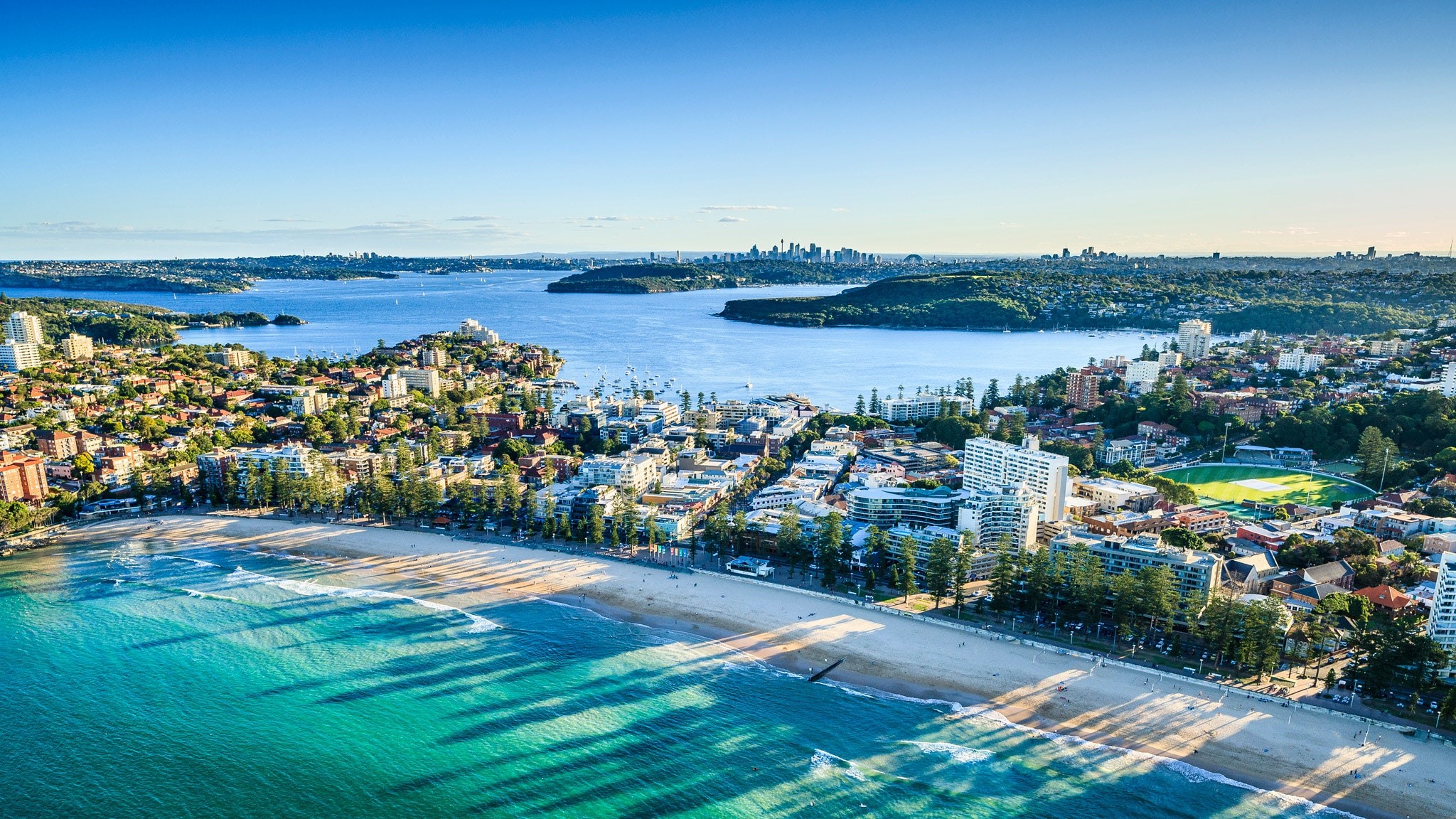
As we’ve entered the sixth month of the year, join us for a look at the latest news and developments in the world of Australian Immigration.
Planning levels across the 2020-21 Migration Program are maintained.
Australia’s permanent Migration Program aims to maximise the economic and social benefits to Australia. The Migration Program is currently managed through three streams – Skilled, Family and Special Eligibility. Migration continues to make substantial contributions to Australia’s economic prosperity, national wellbeing, and social cohesion, and in the post-COVID-19 recovery period, migration will be a key component of Australia’s economic recovery. Qantas has recently announced that it is set to recommence international flights on 31 October 2021. Qantas plans to relaunch most of its long-haul international flight by using 11 of its 787-9 aircrafts as well as their A330s. This change has been brought about due to the government’s roll out of the COVID-19 vaccinations. However, this is still subject to change. Based on the announced policy the plan (Between July to December 2020), is to lift the travel ban for Australian citizens, permanent residents, New Zealanders and some international students. However, Treasurer Josh Frydenberg cautioned that the policy is subject to change due to the evolving situation of coronavirus. The key reason for this plan is to bring back international students who are stranded overseas. Continuous delay in bringing in students would affect universities drastically (even with the recent changes to support international students). The international education industry is the fourth-largest industry in Australia. Students bring approximately $39 billion into the Australian economy. If the government are opening borders in 2021, it could also mean that overseas processing of permanent resident applications may resume. Great news for international students in Australia who are working in or want to work in the hospitality and tourism sectors. The pressure on these sectors has reached breaking point with the borders closed whilst Australia’s economy continues to recover at unprecedented levels and low unemployment rates. The Minster for Immigration, Citizenship, Migration Services and Multicultural Affairs Alex Hawke announced the initiative stating the “Government has listened carefully to the states, territories and industry and is introducing these changes to support critical sectors for Australia’s COVID-19 economic recovery,”. International students have been badly affected by COVID-19 so the news will be well received and many of the 300,000 students in Australia will be able to work more than the limited 40 hour fortnights they were restricted to previously. The relaxation of the work restrictions rules could be enormously beneficial for those who are working in critical sectors. In addition to the hospitality and tourism industry, student visa holders in Australia can now work beyond their usual limitation of 40 hours per fortnight if they work in specified industries or organisations:The Government will maintain the 2021-22 Migration Program
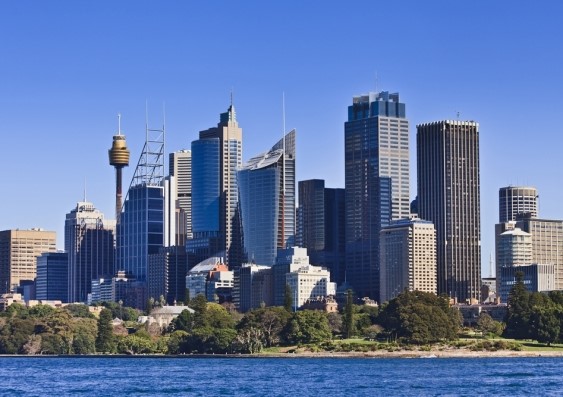
Australian Borders Opening
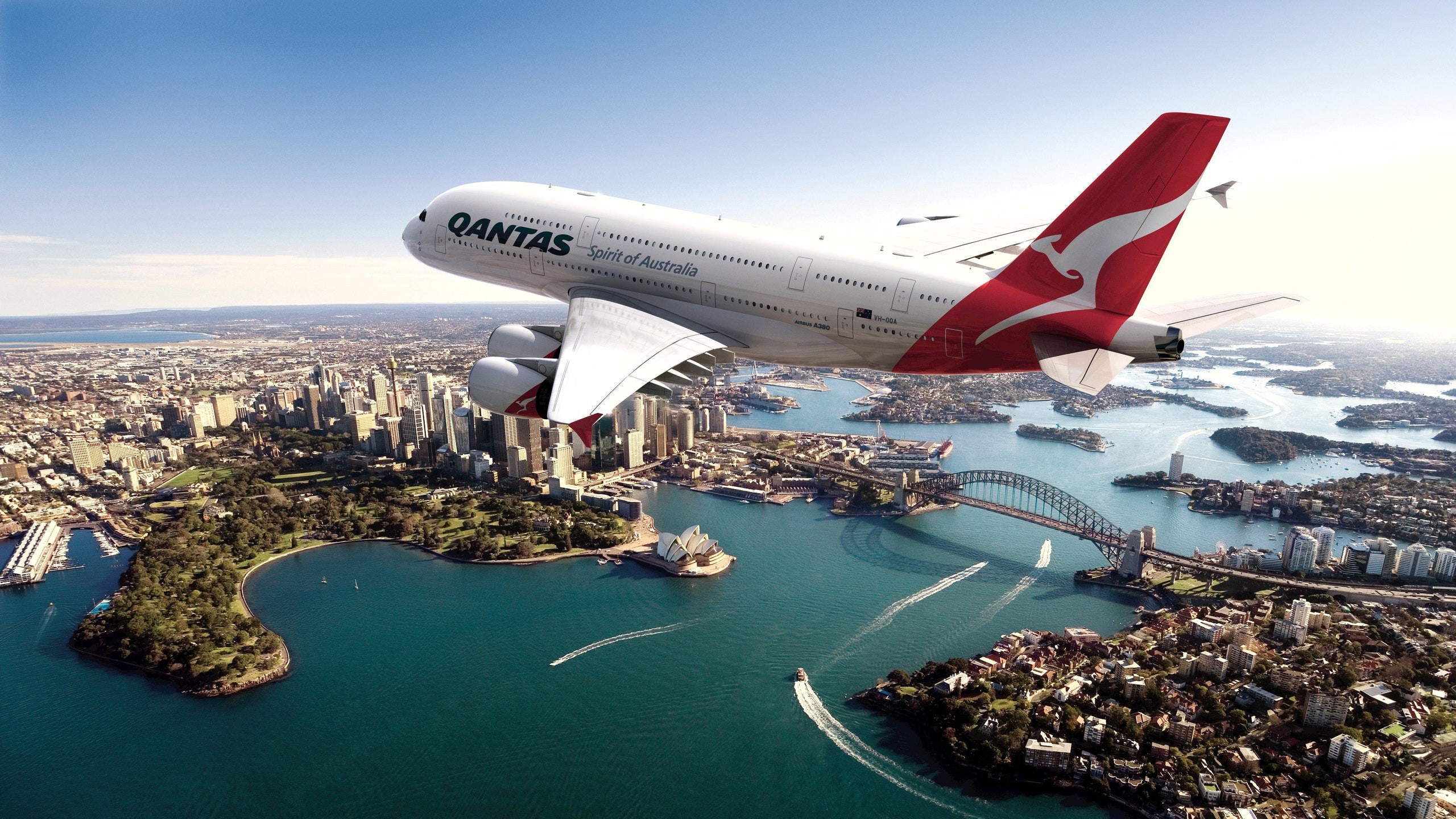
NO RESTRICTIONS FOR INTERNATIONAL STUDENTS ON WORK HOURS IN THE HOSPITALITY AND TOURISM INDUSTRY

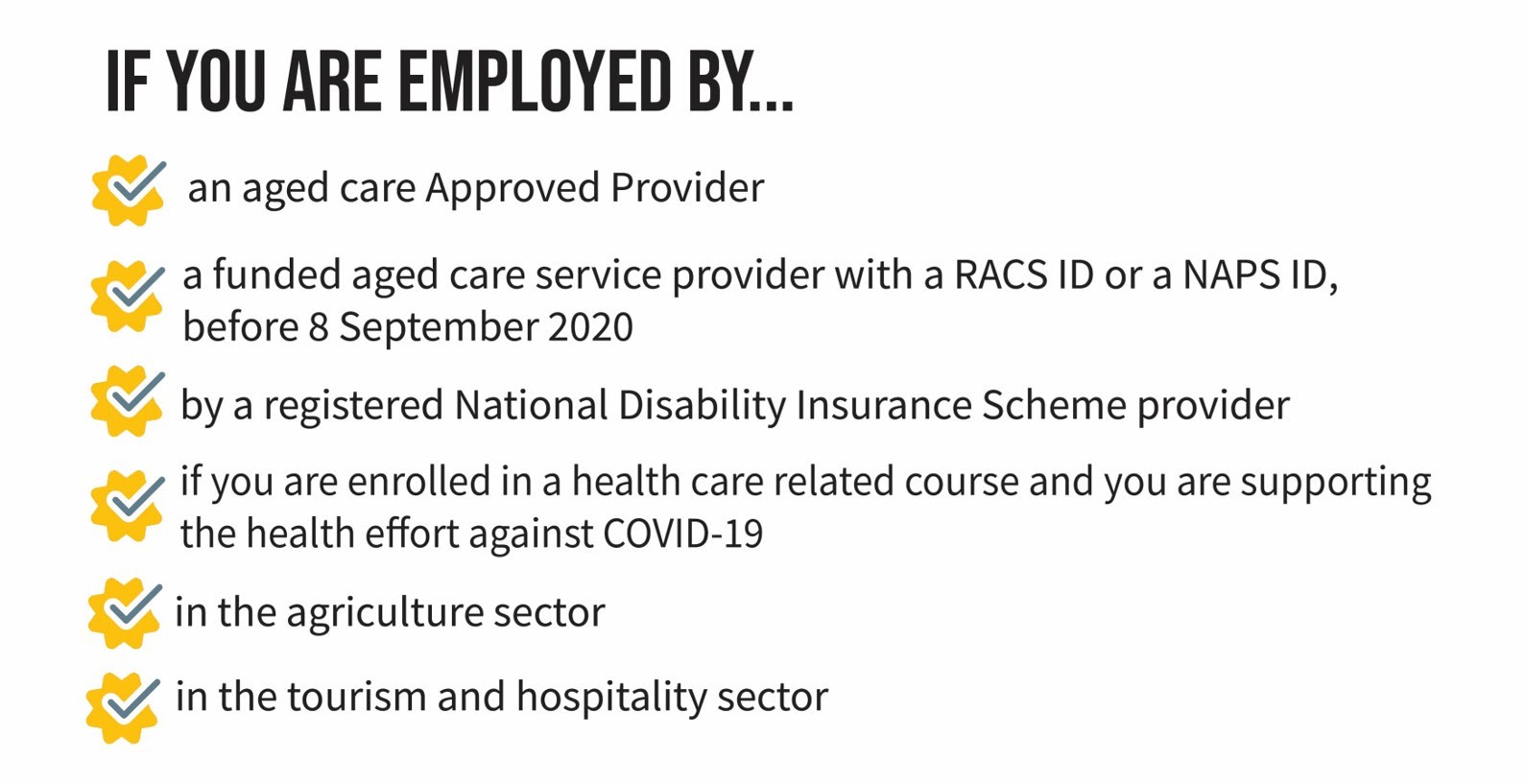 More articles
More articles
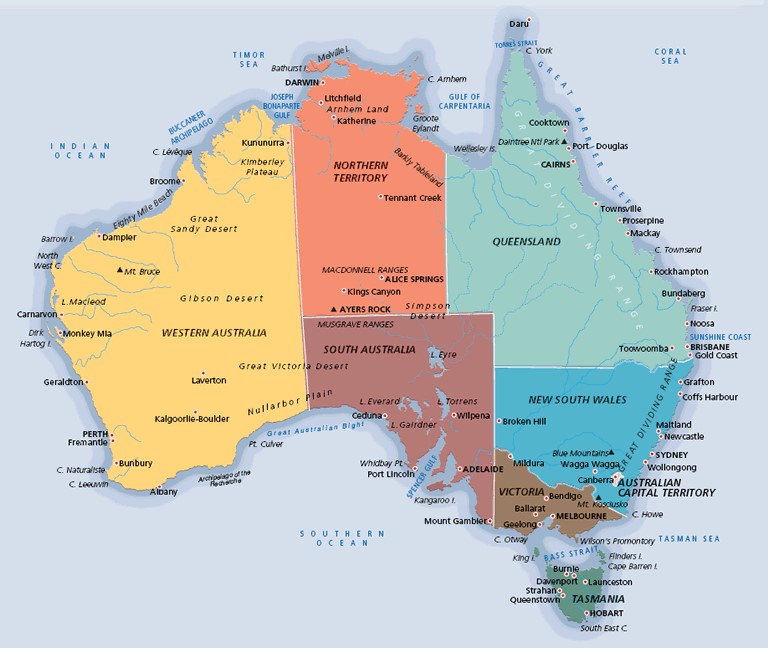 In addition to the Australian federal government, the Australian state governments believe in giving successful skilled migrants the opportunity to join their community and contribute to their growing economy and great lifestyles. The state governments nominate skilled migrants in occupations that are in demand for both provisional visas and permanent residency, which allows you to live and work in Australia.
In addition to the Australian federal government, the Australian state governments believe in giving successful skilled migrants the opportunity to join their community and contribute to their growing economy and great lifestyles. The state governments nominate skilled migrants in occupations that are in demand for both provisional visas and permanent residency, which allows you to live and work in Australia.
As of JUNE 2021, the following participating regions for the below needed occupations are still in effect: “MEDICAL PRACTITIONERS” Medical Practitioners looking into opportunities, regions such as Northern Rivers, The Orana, Northern inland, Far West and Far South Coast are showing as having available needs. “NURSES” Nurses looking into opportunities, the majority of NSW regional areas are showing as having available needs. “ENGINEERS” Mechanical Engineers & Electrical Engineers looking into opportunities, the majority of the NSW regional areas are showing as having available needs. For Civil Engineers, The Orana, The Hawksbury & Blue Mountains in Sydney, Northern inland, and Far South Coast are showing as having available needs. “ACCOUNTANTS” The Orana RDA now sponsors accountants. Many regions have dramatically increased the occupations available but most now only accept applicants from stream 1 and stream 2 pathways. Please check the ‘Designated Regional Areas (RDA)’ webpage for the individual requirements, which can be found at The Department of Home Affairs. Click here for the list. Regional Development Australia (RDA) offices will begin assisting NSW Treasury manage the subclass 491 visa in 2021. Each RDA office will accept and assess applications, and determine eligible occupations for their respective regions; however, nomination criteria is consistent across all regions. These criteria are outlined below. Information about how to apply will be made available on RDA websites as soon as possible. Links to participating region websites can be found below. RDA offices will focus on nominating applicants who are undertaking skilled work in critical sectors. These applicants are a priority for Government in supporting economic recovery following the impacts of COVID-19. You must meet the all criteria in one of the following three streams to be eligible for NSW nomination: Applicants who do not meet the criteria in one of these three streams may be refused unless otherwise agreed with NSW Treasury. ‘Closely related occupations’ are defined as those having the same ANZSCO unit group, i.e. sharing the same first four digits. ‘Designated regional areas’ are determined by Home Affairs. Please see their website for a list of regional NSW postcodes. To be eligible for NSW nomination under this stream you must: To be eligible for NSW nomination under this stream you must: To be eligible for NSW nomination under this stream you must meet all the criteria for at least one of the following categories: To be eligible for NSW nomination under this category you must: If you reside outside of Australia, you must: To be eligible for NSW nomination under this category you must: NSW nomination for the Skilled Work Regional (Provisional) visa (subclass 491) is just one of a number of visa options for prospective skilled migrants. There is a range of visas offered by Home Affairs, including both temporary and permanent employer nominated visas. Australia is set to welcome back international students under a New South Wales Government pilot plan for their safe return over the second half of the year. The NSW pilot plan will initially see a limited number of students from a range of countries in purpose-built student accommodation adhering to the same quarantine requirements as all incoming travellers. NSW Treasurer Dominic Perrottet said international students are a vital missing piece in the state’s economic recovery, with the sector worth $14.6 billion in 2019. “International education is our second most valuable export and we need to do what we can to help students return and revive this sector as quickly as possible,” Mr Perrottet said. “Typically, we have more than 250,000 international students studying in NSW each year and they directly supported over 95,000 local jobs prior to the pandemic. If we don’t act fast, students will turn to other overseas destinations and it could take the sector decades to recover. “That’s why we’ve developed a pilot plan supported by NSW Health and NSW Police that enables 250 international students to come to Sydney per fortnight from mid-year, in a gradual approach that will enable us to closely manage the process and ensure community health is not compromised. The international student allocation will be in addition to the current number of returning Australians allowed into NSW each week. NSW Health would triage arriving students and direct them to quarantine at specially approved student accommodation at no cost to taxpayers. The first of these sites has been chosen, with contract negotiations well advanced. International students make up a significant cohort in Australian MBA programs. In 2019, international student enrolments accounted for 21076 enrolments in MBAs in Australia. Prior to COVID-19, there was a growing trend by Australian universities and private providers to try and attract international students, who generally pay higher fees than domestic students. Professor Barney Glover AO, on behalf of the NSW Vice-Chancellors’ Committee, welcomed the state’s approval of the program after working collaboratively for several months to commence the safe return of international students to NSW. “As at May this year, there were many higher education students diligently studying offshore – many of whom expect to return to our campuses to finish their studies. This Program has carefully considered the personal, social and academic aspects of our students, to ensure they successfully resume their studies and re-join NSW’s vibrant, multicultural community as soon as possible,” Professor Glover said. “We are excited to finally welcome back international students to experience the world-class education, training and research that makes NSW such an attractive destination for education.” Council of International Students President Belle Lim was extremely encouraged to learn that the NSW Plan had been submitted for review. “We are so happy to see that international students will be welcomed back to NSW. This sends a great message to international students studying online offshore that there is hope that things will return to normal again,” Ms Lim said. “We are pleased to see the cautious approach but are hopeful the numbers of students arriving will scale over time. CISA strongly supports the detailed planning that has been done by NSW. The NSW plan has been submitted to the Federal Government for final review.Skilled Work Regional visa (subclass 491)
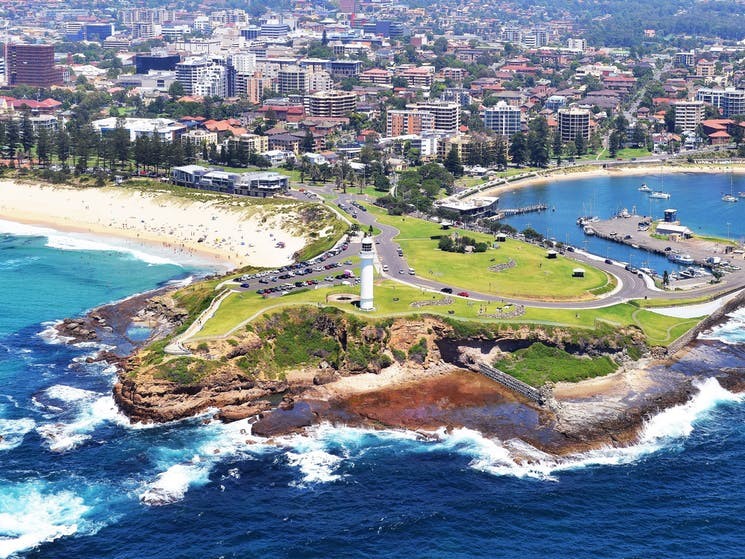
2020-21 Financial Year Update – NSW
Nomination criteria
Alternative migration options for NSW
NSW To Welcome Back International Students Under Pilot Plan
 More Articles
More Articles

As part of the Australian Government’s commitment to ensuring Australia’s COVID recovery, Immigration introduced a Priority Migration Skilled Occupation List (PMSOL) targeting occupations in the health care, construction, and IT sectors.
Employer-sponsored applicants in the PMSOL occupations will be given priority processing for both nomination and visa applications in the following visa types:
Applicants and existing employer-sponsored visa holders on the PMSOL can also request a travel exemption to enter Australia during the current border closures. However, the mandatory 14-day quarantine period still applies and will still be at the traveller or sponsor’s expense.
General Skilled visa applicants in the above applications also appear to be receiving preference under the Independent and State/Territory Nominated visa programs. General Skilled Migration If you have the relevant skills and experience, you may consider applying for Skilled Migration visas such as Subclass 189, Subclass 190 or Subclass 491. These visas are point-tested, and the minimum point to apply is 65 points. Points will be given to you based on the following: For Subclass 190 and Subclass 491, there are state/territory nominations. Depending on the states/territory, the criteria may differ. These criteria change all the time, thus is it important always to check the latest rules. SkillSelect Invitation Rounds Immigration is now conducting SkillSelect invitation rounds on a quarterly basis (i.e. every 3 months) until the end of the 2020-2021 financial year. A round was due to be conducted in January, but results have not been made available as yet. COVID Testing for Travel From 22 January 2021, all travellers to Australia are required to undertake a COVID-19 test within 72 hours prior to departure. Only tests specified by the Australian Department of Health will be accepted, and negative test results must be presented to the flight crew before boarding.
The Australian Government has recently updated the Priority Migration Skilled Occupation List (PMSOL) to meet the needs of the growing list of critical occupation sectors. As of JUNE 2021, the occupations (ANZSCO code) are:
More Articles
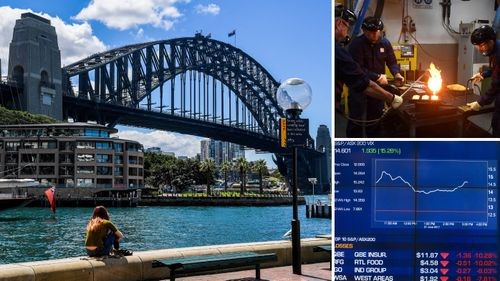
Australia’s economy is officially above pre-pandemic levels as surging levels of construction and business investment lift the nation’s bottom line.
Data from the Australian Bureau of Statistics (ABS) reveals Australia’s Gross Domestic Product (GDP) rose 1.8 per cent in the March quarter of 2021.
Over the past 12 months, Australia’s economic activity has recovered to be above pre-pandemic levels and has grown 1.1 per cent.
Data from the Australian Bureau of Statistics (ABS) reveals Australia’s Gross Domestic Product (GDP) rose 1.8 per cent in the March quarter of 2021. (AAP)
Major recoveries were felt in dwelling investment, consistent with a recent surge in building approvals as owners take advantage of the HomeBuilder scheme and historically low interest rates.
Surprisingly, household spending also increased 1.2 per cent over the March quarter, adding 0.7 percentage points to the headline figures.
Yesterday RBA Governor Philip Lowe said the outlook globally showed “strong growth” for the rest of 2021 and into 2022.
While announcing a hold on interest rates at the historically low level of 0.10 per cent, Dr Lowe said the central bank expects the economy to grow as Australians are vaccinated.
“The economic recovery in Australia is stronger than earlier expected and is forecast to continue. The Bank’s central scenario is for GDP to grow by 4¾ per cent over this year and 3½ per cent over 2022,” Mr Lowe said.
“This outlook is supported by fiscal measures and very accommodative financial conditions.
“An important ongoing source of uncertainty is the possibility of significant outbreaks of the virus, although this should diminish as more of the population is vaccinated.”
The Australian Bureau of Statistics said the unemployment rate unexpectedly fell to 5.1 per cent in May as the number of people employed surged by 115,200. An unexpected drop in the unemployment rate to 5.1 per cent in May and a massive rise in employment is a sign the economy is “roaring back” from recession, Treasurer Josh Frydenberg says. The sharp drop in the unemployment rate from 5.5 per cent in April, and back to its pre-pandemic level, came as a much larger than expected 115,200 people joined the workforce in May. Full-time workers jumped by 97,500, while those in part-time jobs increased by 17,700, the Australian Bureau of Statistics said. However, such strength has fuelled talk among economists that the Reserve Bank of Australia may need to raise interest rates before its long-held view that conditions to increase won’t be in place until 2024. Economists had expected the jobless rate to hold at 5.5 per cent with a more modest 30,000 increase in employment. “The Australian economy is roaring back, bigger, stronger and leading the world,” Mr Frydenberg told reporters in Canberra on Thursday. “We saw unemployment fall for the seventh consecutive month … smashing market expectations.” He admitted the result was even ahead of his own budget expectations, released only last month. BIS Oxford Economics senior economist Sean Langcake said the labour market has weathered the withdrawal of the JobKeeper wage subsidy in March very well. “There are no signs of lingering effects in today’s data,” he said. He said with the labour market remaining well ahead of the RBA’s expectations, wage pressures are likely to emerge sooner than it expects. “We expect the RBA will need to bring forward their plans for a rate hike into 2023,” he said. Australian Bureau of Statistics head of labour statistics Bjorn Jarvis said the number of unemployed people has fallen by around 303,000 since the peak of one million in July 2020. “The declining unemployment rate continues to align with the strong increases in job vacancies,” he said. Speaking before the release of the jobs figures, RBA governor Philip Lowe said while some businesses are finding it hard to hire workers, wage increases have been modest. In his first public appearance since March, Dr Lowe told an audience in Toowoomba that while the labour market was tightening, wages growth and inflation remains subdued. “It is noteworthy that even in those pockets where firms are finding it hardest to hire workers, wage increases are mostly modest,” Dr Lowe told the Australian Farm Institute conference. “There are some exceptions to this, but they are fairly isolated.” The RBA wants to see inflation sustainably within the two to three per cent target before it considers raising the cash rate from its record low 0.1 per cent. This, it says, will need wage growth to double from its current low rate of 1.5 per cent and the unemployment rate substantially lower – at least with a four in front, and possibly a three – events it does not expect until 2024 at the earliest. The Federal Government has pledged much of the nation’s recovery on dropping the unemployment rate to below five per cent. “Job vacancies are at a high level and a further decline in the unemployment rate to around 5 per cent is expected by the end of this year. There are reports of labour shortages in some parts of the economy”, Dr Lowe said. Life in Australia is as a close to normal as it has been in the last year, other than occasional cluster outbreaks which are managed swiftly and efficiently, albeit with occasional lock downs and temporary border closures. Freedom of movement and lifestyle choices are rarely hindered, other than having to plan and book for your favourite restaurants and activities. At a macro level Australia’s domestic tourism recovery is doing well with an optimistic outlook. Overnight trips for February 2021 were down 10 per cent on the same period in 2020 and down 13 per cent in expenditure. Based on the current growth trajectory, domestic tourism trips and expenditure is forecast to return to 2019 levels by the end of 2021. Consumer confidence amongst Australian travellers was at 115 in mid-April, the highest level in over a year, and the overall economy is recovering at a faster level than government forecasts. Despite the optimistic outlook tourism recovery is uneven due to domestic travel being unable to make up for international travel, with the added challenge that over 51 per cent of Australians are delaying booking domestic travel for 6 to 12 months or more. However, people have money and are willing to spend, driven by an increase in personal savings, which averaged 9.57 per cent from 1959 until 2020, reaching an all-time high of 22 per cent in the second quarter of 2020. For domestic travel to thrive our job is to nudge immediacy, and convince those Australians delaying their travel plans to bring their plans forward and book a holiday now. This will help mitigate the risk of domestic tourism competing with other discretionary spend categories such as white goods, new cars, home renovations and property investment.
Treasurer declares Australia’s economy is ‘roaring back’ as jobless rate plummets to pre-pandemic levels
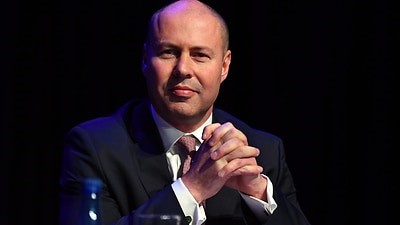
HOW IS LIFE IN AUSTRALIA AT THE MOMENT (June 2021)?
 More Articles
More Articles

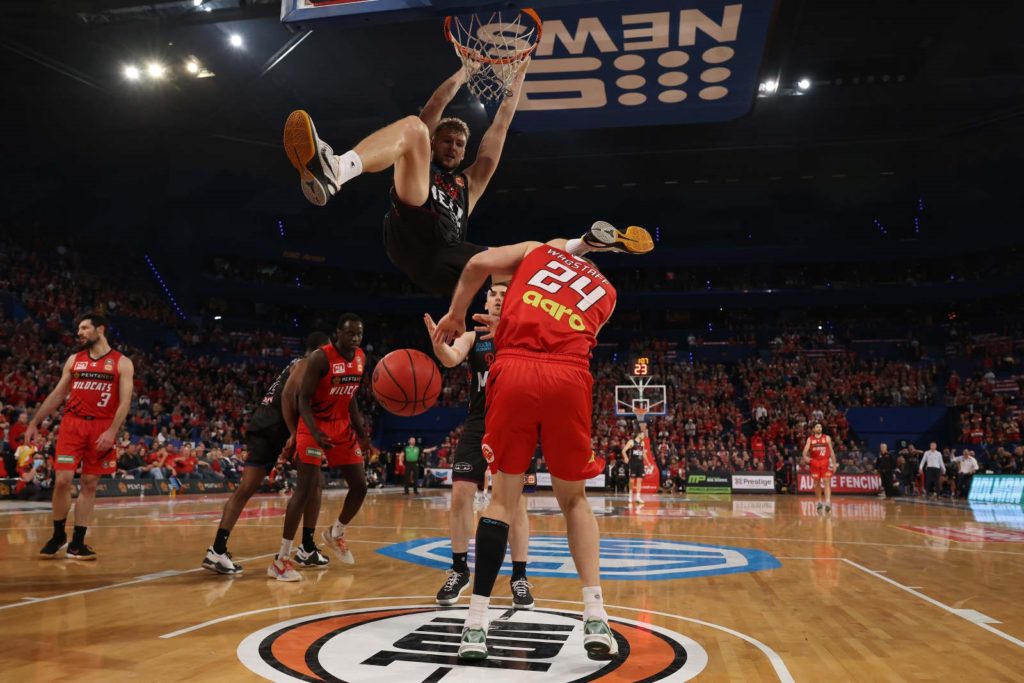

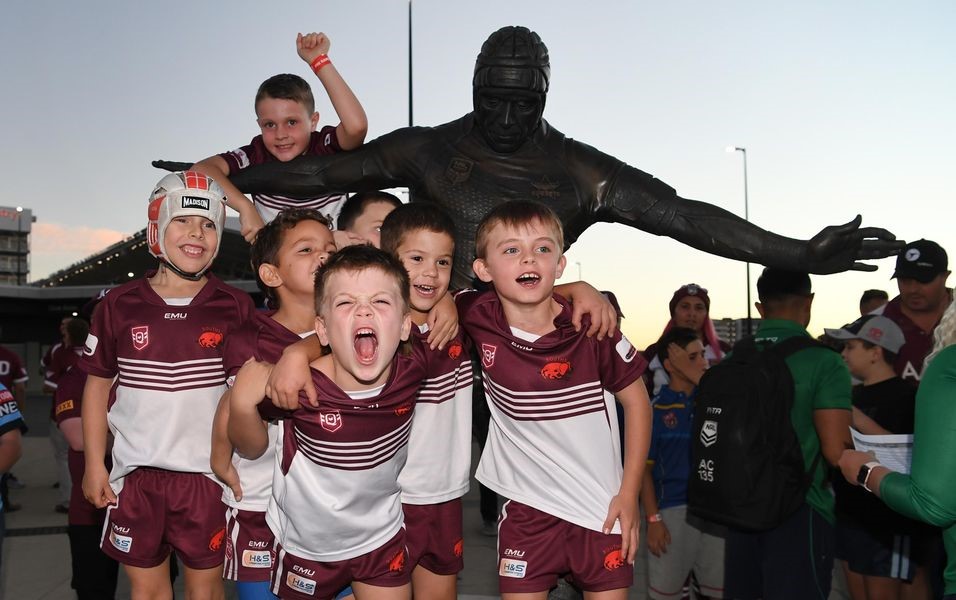
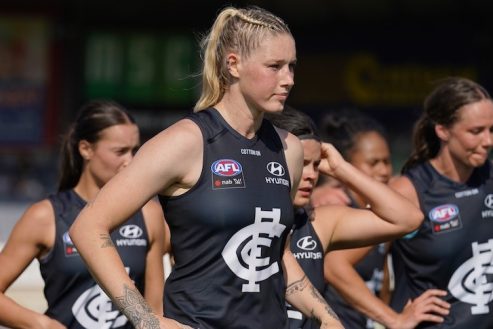

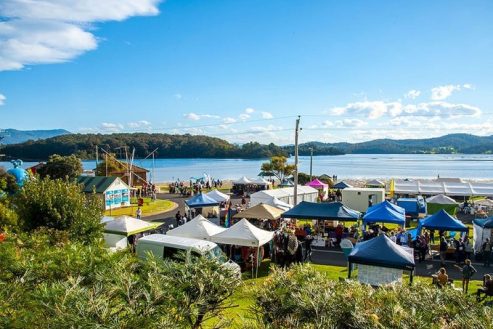


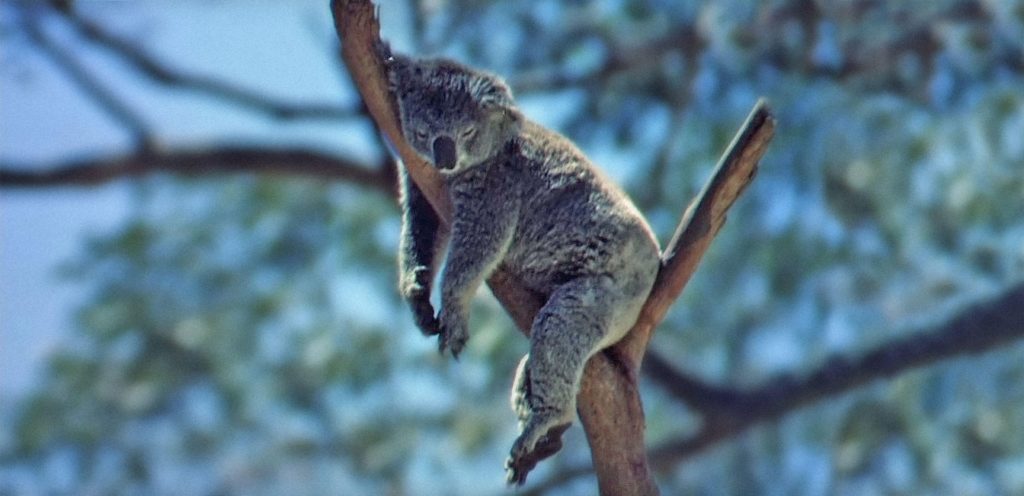
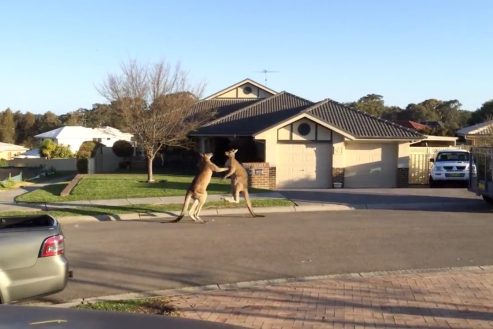
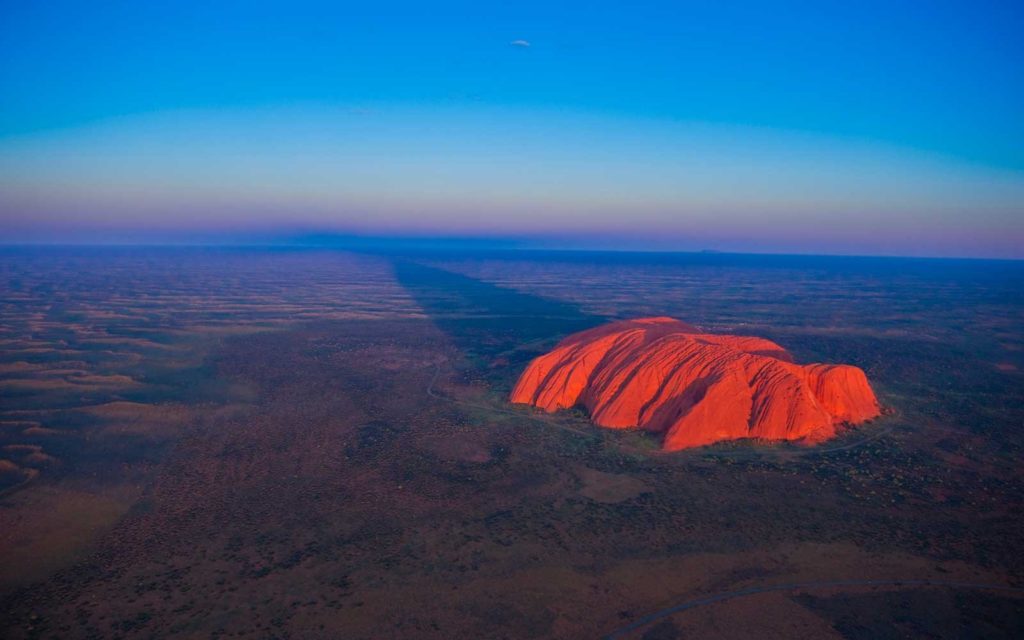
As legislation and travel requirements are constantly changing, we strongly recommend obtaining advice on your individual situation from a Registered Migration Agent. Please click here to book a consultation with one of our Registered Australian Migration Agents, located in Australia.






You can manage your membership and billing method by clicking here
Terms of Service
Privacy Policy
Copyright © 2025 Office of Immigration Australia, a private company registered in Australia. All Rights Reserved.